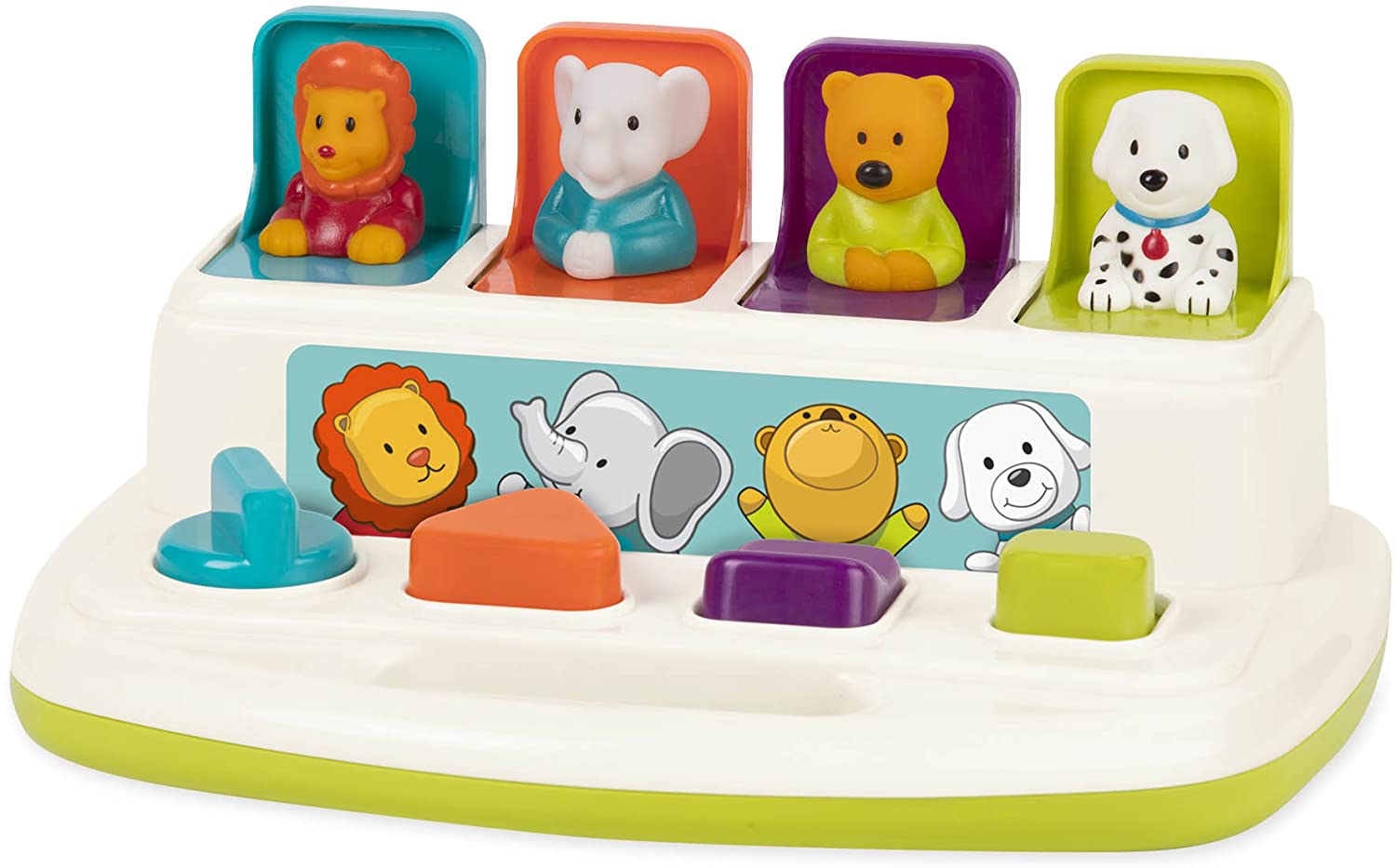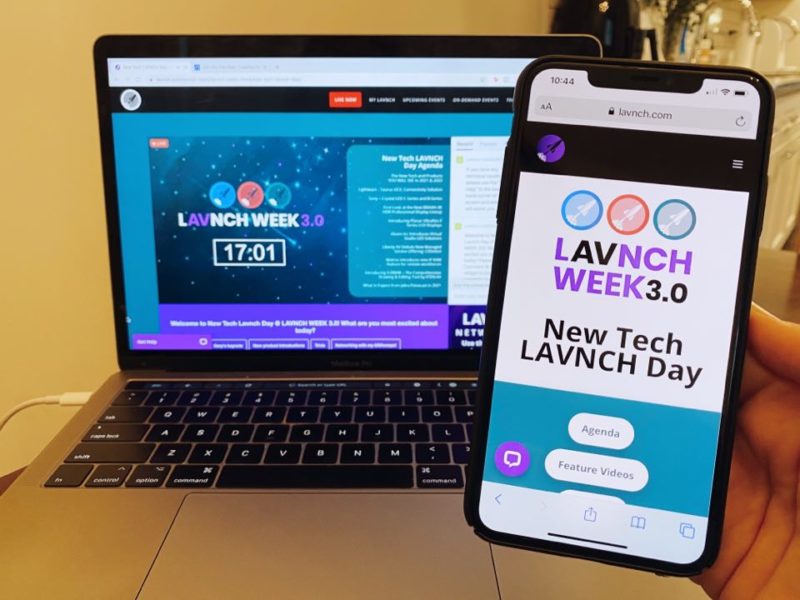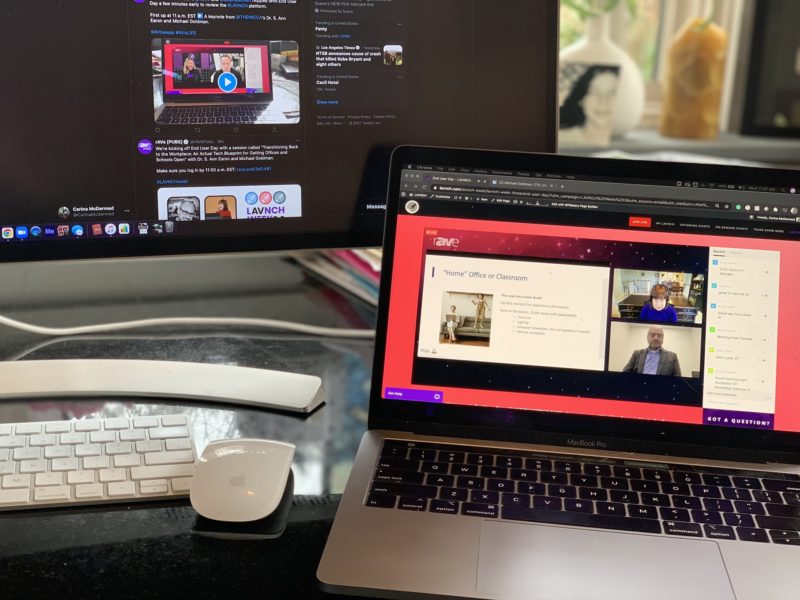The AV Sandbox
If you attended rAVe’s LAVNCH WEEK 3.0 last week, you may have caught the keynote by Kevin Carroll. Kevin is a storyteller, a speaker and an author. His book, “Rules of the Red Rubber Ball,” is a highly visual explanation of the power of play in life and work.
If you missed Kevin’s keynote, it’s available on demand, right now, on the LAVNCH WEEK 3.0 site. And you should watch it. His talk brought me back to an analogy I’ve made in the past about AV and toys.

I use this pop-up toy regularly to make this point:
Each box requires a different action to release the animal inside, and each required action is easily discoverable, even by a baby.
Shouldn’t the technology systems and user interfaces we design mirror this simplicity and be highly discoverable?
I think the goal is that they should, but the reality is, our systems are typically designed by engineers and programmed by programmers, both of whom rarely think like the end user.
Don Norman, author of “The Design of Everyday Things,” explains this well:
“Engineers are trained to think logically. As a result, they come to believe that all people must think this way, and they design their machines accordingly.”
Kevin Carroll’s emphasis on play reinforced an idea I’ve had for a while and highlighted something I feel may be a huge gap in the industry — the absence of an AV Sandbox.

If our designs are too logical and need to mirror human behavior, then where is the place where we are testing our interfaces with real people? Where is the knowledge sharing between companies of how people interact with different systems, workflows and interfaces?
Most of the time, the problems in the interfaces aren’t realized until systems are requiring high levels of support and seeing low levels of adoption. Our sandbox seems to be the customer’s business, beta testing our assumptions on their users, and then we wonder why they may not be super excited about our systems.
Now, of course, integrators don’t have budgets like Apple to design state-of-the-art UIs that are universal and simple. However, as a collective, there seems to be an opportunity to play-test systems designs and interfaces and then share that information with the industry to create some real-world best practice, not just “logical theories.”
Imagine being able to send a client a link to an AV Sandbox site or come into a center in which their various types of users can test three or four different interfaces for the same system and then give feedback about what was easy, what was intuitive and what they found confusing.
Imagine manufacturers and integrators co-creating a plethora of system types and interfaces and then collecting real-world data on their intuitiveness and effectiveness.
It seems to me that a private company or one of our industry associations that focus on experiences may be able to pull this off, giving our industry — as a whole — a huge potential lift, giving our integrators more tools to be successful and giving our clients the value they envisioned through widespread adoption.
Play-testing and hands-on experiences may be the unlock to our value. Thanks to Kevin Carroll for reminding me that play is valuable everywhere.





